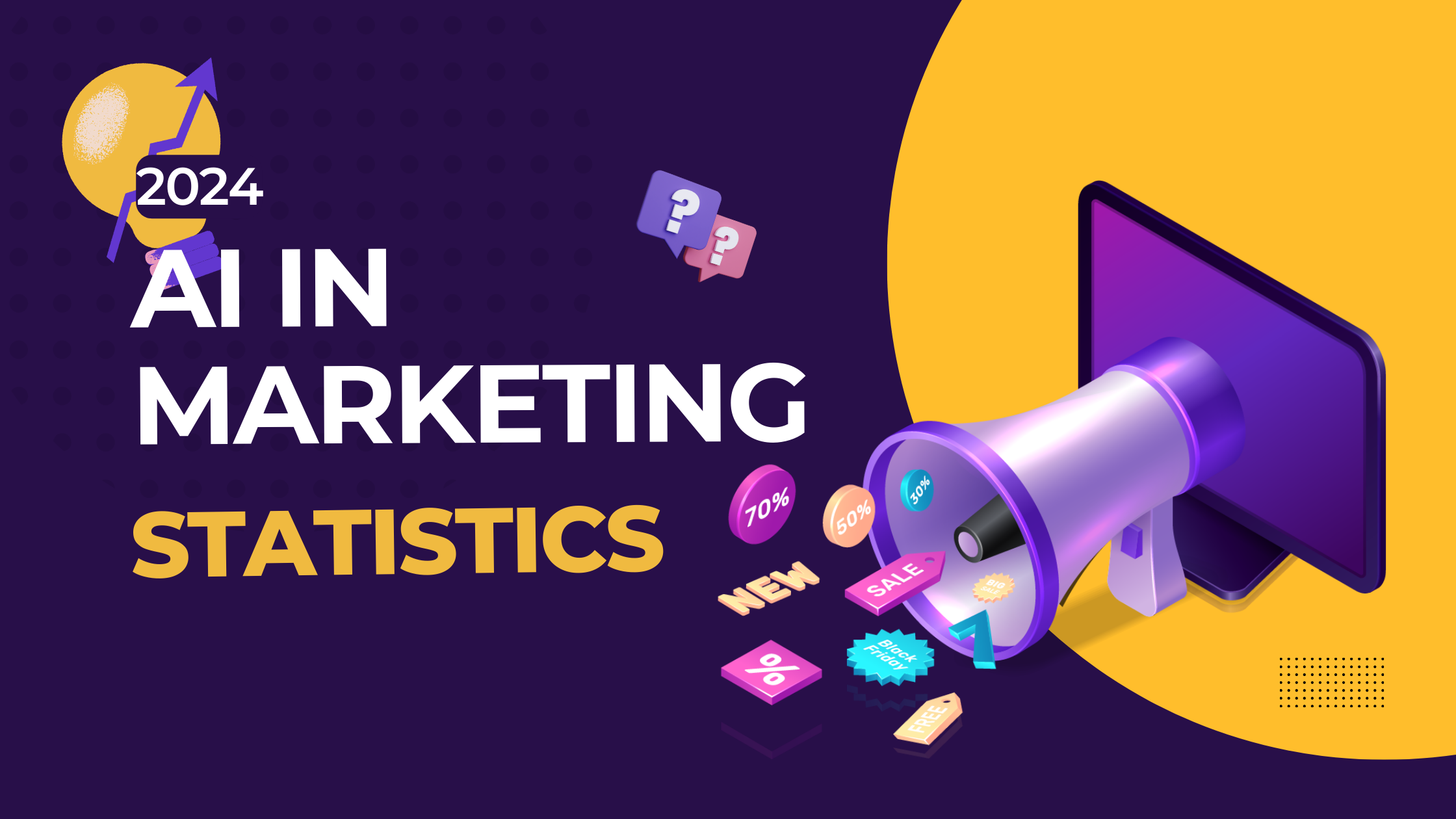Every year, over 305 million startups are created worldwide. However, about 90% of them fail. Around 20% of these new businesses fail in their first year, while 70% do so in their second to fifth years.
Startup failure stems from various reasons, including insufficient funding, poor management, and lack of in-depth market research. Also, a venture’s inability to adapt to evolving customer needs and fierce competitors affects its survival. Entrepreneurs must address these challenges to enhance their chances of success.
This article explores startup failure rates—from the reasons behind them as well as the critical statistics on costs, funding, and losses across various industries.
Editor's Pick
- The average startup launch cost is $3,000.
- About 90% of startups fail as of 2024.
- There are over 33.2 million small businesses in the US.
- Over 80% of e-commerce startups fail.
- About 20.8% of businesses fail within their first year.
- More than 38% of startups fail due to insufficient cash flow.
What is the Rate of Failure for Startups?
Approximately 9 out of 10 startups fail caused of significant challenges business ventures face in the business landscape. Here are some reasons why most startups crash:
If you’re an aspiring entrepreneur, keep reading to learn more about startup failure rates and their causes.
General Startup Failure Statistics
According to the US Bureau of Labour, all businesses have a 70% failure rate in the long run. For startups, 20.8% of them fail in their first years. Their likelihood of crashing increases the longer they operate in the market.
Explore the latest statistics on startup failures across different industries to prevent recurrence and guarantee success.
1. Around 90% of startups fail as of 2024.
(Failory)
As of 2024, the failure rate for new startups is about 90%. This suggests that 9 out of 10 startups require assistance establishing themselves properly and avoiding the risk of closing down. Failure rates have remained consistent since the 1990s.
| 💡Did You Know? Among the growing industries, blockchain and cryptocurrency holds the highest failure rate at 95%. Startups in this sector rely on market fluctuations, slimming the chances of survival. On the other hand, the mining industry sets the record for the highest survival rate within five years, at 51.3%. |
2. The average cost of launching a startup is $3,000.
(Business News Daily)
According to the US Small Business Administration, starting a small business costs around $3,000. Meanwhile, most home-based franchises cost $2,000 to $5,000.
While starting a business seems exciting, shelling out money here and there is inevitable. When estimating the cost of starting a business, you must prepare for things like:
- Office space
- Legal fees
- Payroll
- Business credit cards
- Recruitment
| 🎉 Fun Fact: Starting a business doesn't have to break the bank, as there are tools that will help lower the cost. For example, candidate screening costs can be reduced by 75% with the use of AI tools. |
3. There are over 33.2 million small businesses in the US.
(Lending Tree)
There are 33.2 million small businesses in America, accounting for 99.9% of all companies in the country. About 70% of these startups were launched from home.
The increasing number of businesses launched from local residences denotes a substantial shift in how companies start. Many entrepreneurs now launch their startups from home since it is more flexible and cost-effective.
| 💡 Did You Know? While most startups fail, some make it big—even those that started from people’s homes. One of the best examples is Apple. The famous consumer electronics company started in the garage of Steve Jobs’ parental home in Los Altos, California. Jobs spearheaded the company’s operations, along with Steve Wozniak, in 1976. After over four decades, the technology giant that began in a garage generated $394.3 billion in revenue in 2022. Not all startups can be as successful as Apple, but its history shows that where the company started may not always matter. |
4. About 20.8% of businesses fail within their first year.
(Lending Tree)
About 1 in 5 US businesses fail within their first year of operation. 48.4% fail after five years, while 65.1% fail after 10.
The rising failure rates usually stem from inadequate planning, insufficient capital, and poor management. The lack of adaptability to the market's changing conditions also contributes to the crash of startups. This emphasizes how important it is for business innovators to plan well, manage finances wisely, and adapt to different challenges in the long run.
5. Around 75% of all fintech startups crash within two decades.
(The Fintech Mag, TNTRA)
Fintech startups worldwide have increased from around 12,000 in 2019 to over 26,000 in 2021. 3 out of 4 of those ventures fail within 20 years of operating.
While fintech’s failure rate seems relatively lower than in other sectors, the rapid increase of ventures in the same industry made survival more challenging for everyone due to the following:
- Increased Competition
- Regulation Issues
- Insufficient Funding
6. Over 80% of e-commerce startups fail.
(SPD Load, Failory)
The global e-commerce annual revenue reached $3.1 trillion and is growing annually. Nonetheless, this sector has about 80%-90% failure rate due to numerous startup mistakes. Some oversights that cause e-commerce startups to fail are:
- Poor Product Content
- Complicated Return Policies
- Poor Customer Service
- Poor Marketing Strategy
7. 60% of startups fail between the pre-seed and Series A funding stages.
(SPD Load)
The three stages for startups are pre-seed, Series A, and maturity. The average pre-seed stage startup usually gets between $50,000 and $200,000 within 3 to 9 months of fundraising. About 60% of companies that reach pre-seed funding fail to make it to Series A, so the success rate is only 30% to 40%.
| 💡 Did You Know? Nearly $31 billion was raised by AI startups in 2024. In the second quarter, 86 deals raised more than $14.1 billion in equity capital. This represents a notable shift compared to 2021, when $42.76 billion was allocated for AI-related projects. |
8. 565,000 startups are launched monthly in the US.
(Fundable)
Statistics show that over half a million startups are launched monthly in the US. These startups raise an average of $78,406 each, totaling about $531 billion annually.
9. 25-30% of VC-backed startups still fail.
(CB Insights, The Wall Street Journal)
Venture capital is a temporary equity investment in young and innovative startups seeking capital for funding. Only about 0.05% of startups get the funding they need.
The National Venture Capital Association estimates that 25%-30% of startups supported by venture capital funding fail. This indicates that 3-4 venture capital-funded startups fail, 3 or 4 return their original VC investments, and only 1 or 2 produce substantial returns.
10. The District of Columbia recorded the highest business failure rate within the first year, with about a 28% failure rate.
(Lending Tree)
District of Columbia witnessed the highest share of startup failure in the US, with about 28.0% of businesses failing in that first year. This is followed by Missouri and Rhode Island, at 27.2%.
11. California recorded the lowest business failure rate within the first year, at 13.2%.
(Lending Tree)
Only 13.2% of businesses fail in that first year in California, followed by Washington with about 16.7% and Nevada with over 18.5%. Although Washington has the second-lowest failure rate within the first year, it has the highest 10-year failure rate at about 78.5%.
Common Reasons for Startup Failure
Starting a new business comes with its share of challenges, and many startups face tough times in their early years. This section explores the factors that play a role in why startups struggle and shut down.
12. 42% of startups fail due to not supplying the product in demand to the market.
(Market Splash)
Lack of stufy on customers' needs or misreading the market demand is the top cause of startup failure, accounting for 42% of cases. Most startups need in-depth research on the market they are entering and its long-term outlook to move with the trend.
Without a market for the product or service, even the most creative and well-executed marketing strategy will fail.
| 🎉 Fun Fact Companies can cut customer care expenses by 30% using AI-powered solutions. You won't need as many customer support professionals when you use AI technologies to do mundane, repetitive jobs. |
13. More than 38% of startups fail due to insufficient cash flow.
(CB Insights)
Insufficient funding is one of the major causes of high startup failure rates across all industries. Building a business needs enough capital to sustain the early stages of operation for 1 to 2 years to find its footing.
Bottom Line
While the startup failure rate statistics may seem disheartening, aspiring entrepreneurs need to view them as valuable insights. These statistics highlight potential pitfalls that can pave the way for success.
Studying the mistakes of other startups provides an additional layer of knowledge, enabling innovators to address challenges and sidestep common issues easily. Taking the time to understand these lessons and embracing precautionary measures can contribute to the success of a small business.
FAQs on Startup Failure Rate Statistics for 2024
What are the statistics for startup failure?
As of 2024, the failure rate for new startups is about 90%, which implies that 9 out of 10 startups need help establishing themselves properly or face the risk of closing down.
How many startup businesses fail within five years?
About 48.4% of startups fail after five years, while 65.1% fail after ten years.
Why do startups fail at such a high rate?
Startups fail for various reasons, like lack of market demand, poor product-market fit, inadequate funding, tough competition, bad timing, ineffective marketing strategy, etc.
Sources






